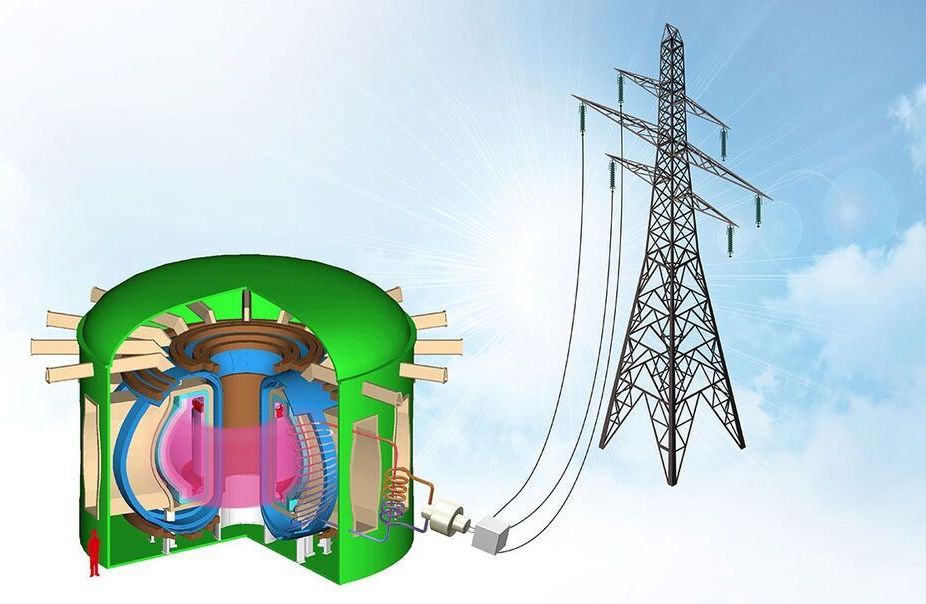:oooooooo.
Researchers with the CERN-based ALPHA collaboration have announced the world’s first laser-based manipulation of antimatter, leveraging a made-in-Canada laser system to cool a sample of antimatter down to near absolute zero. The achievement, detailed in an article published today and featured on the cover of the journal Nature, will significantly alter the landscape of antimatter research and advance the next generation of experiments.
Antimatter is the otherworldly counterpart to matter; it exhibits near-identical characteristics and behaviors but has opposite charge. Because they annihilate upon contact with matter, antimatter atoms are exceptionally difficult to create and control in our world and had never before been manipulated with a laser.
“Today’s results are the culmination of a years-long program of research and engineering, conducted at UBC but supported by partners from across the country,” said Takamasa Momose, the University of British Columbia (UBC) researcher with ALPHA’s Canadian team (ALPHA-Canada) who led the development of the laser. “With this technique, we can address long-standing mysteries like: ‘How does antimatter respond to gravity? Can antimatter help us understand symmetries in physics?’. These answers may fundamentally alter our understanding of our Universe.”









